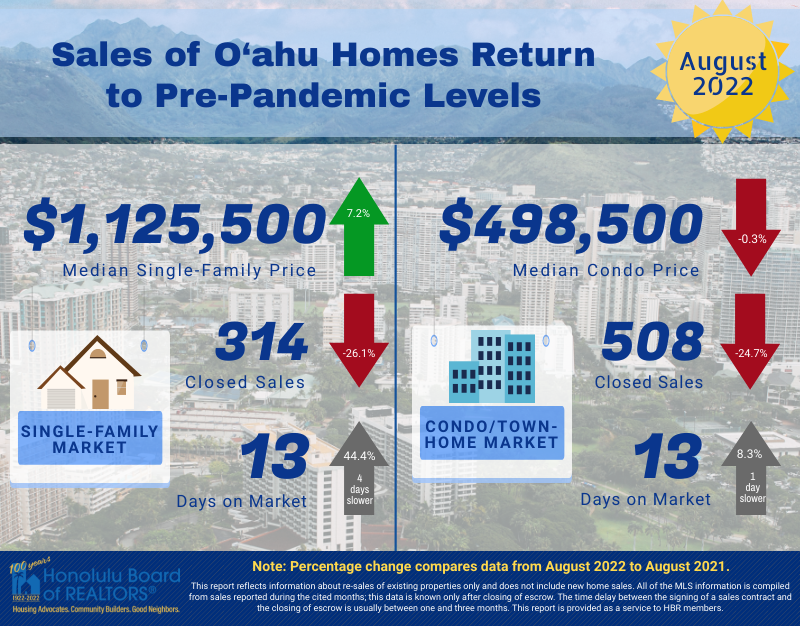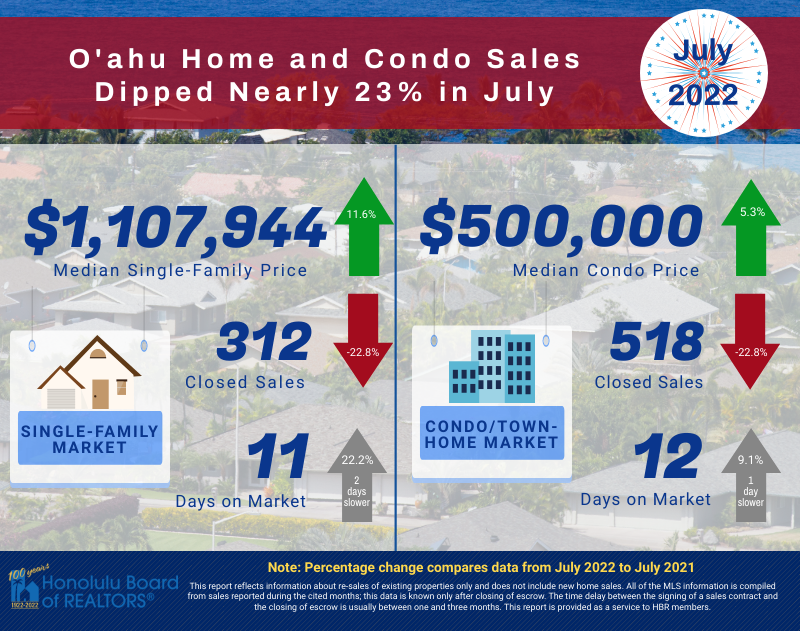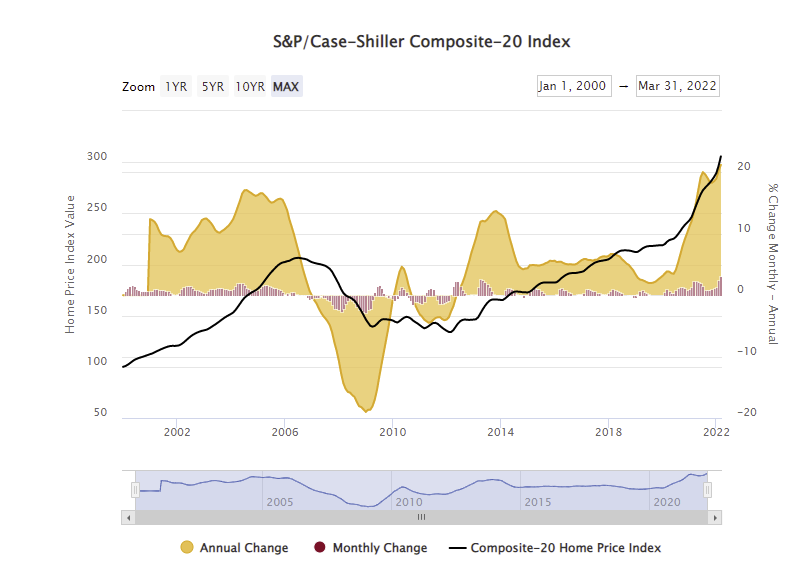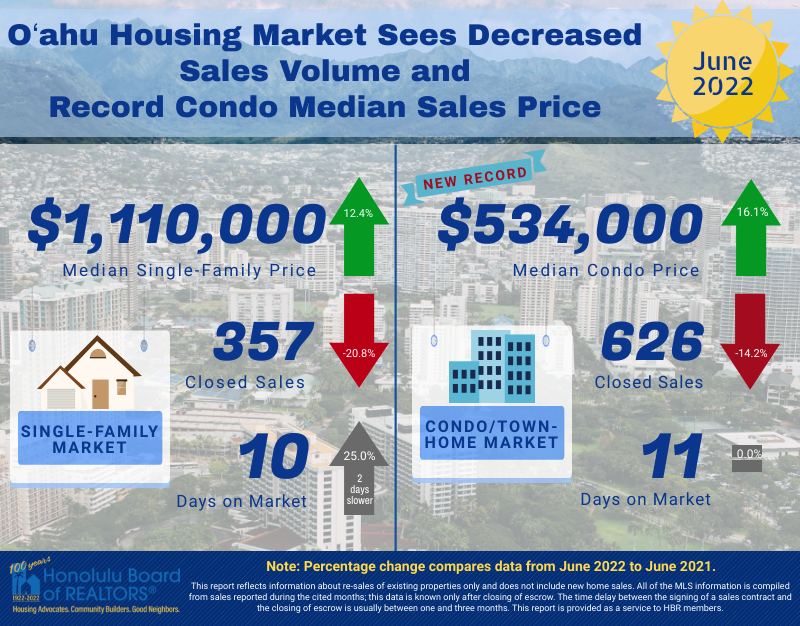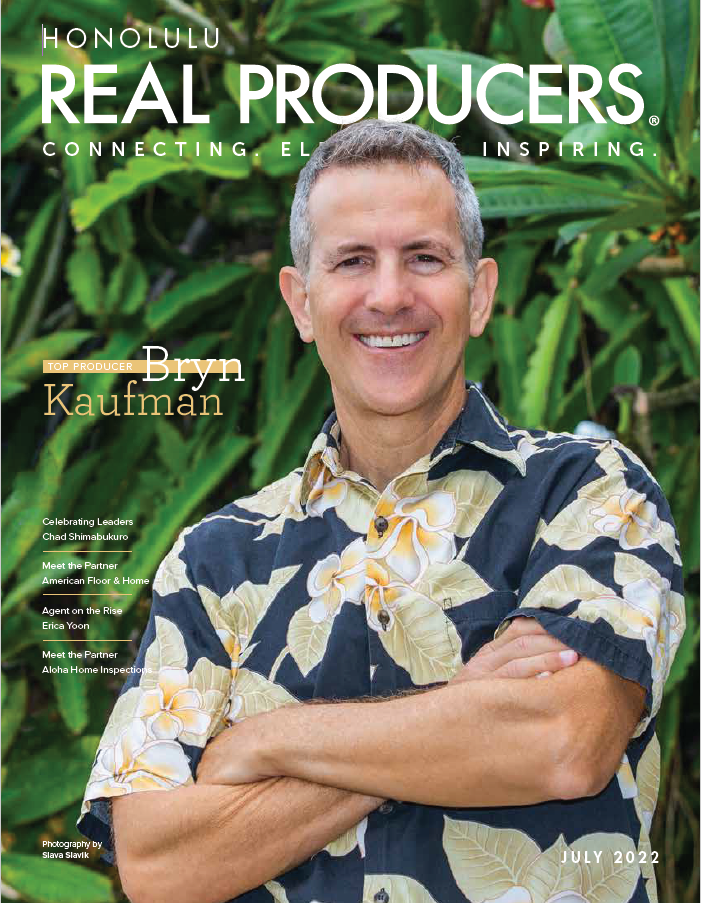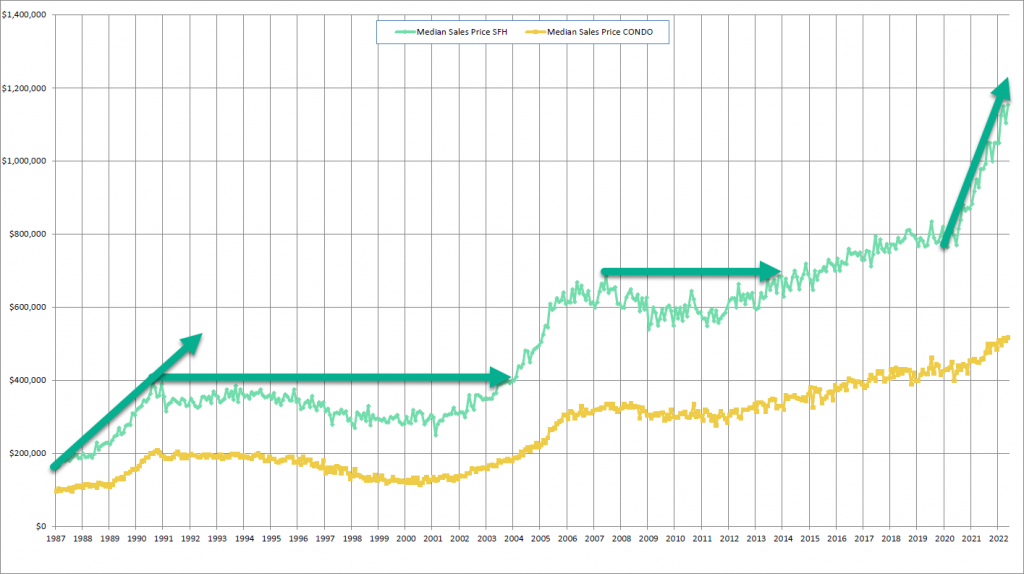With a self-directed Solo 401k also known as “Solo 401k Real Estate”, the trustee of the self-directed Solo 401k can invest the 401k funds in many types of real estate investments (e.g., homes, commercial buildings, apartment buildings, land, mobile homes, etc.). All of these real-estate asset types may be held inside a solo 401k similar to stocks and mutual funds.
What is more, the Solo 401k rules permit the business owner to partner with his or her solo 401k when investing in real estate. This type of arrangement is commonly referred to as tenancy-in-common ownership.
The rules also permit for loans to a Solo 401k by a third-party (not the solo 401k owner or certain family members of the solo 401k owner) for investing in real estate. This is knows a debt financing or non-recourse loan. See definitions below.
The general steps required to make a real estate investment with Solo 401k are:
- Determine price range and whether or not your Solo 401k will need to engage in non-recourse financing or participate in a tenancy-in common transaction.
- Choose the investment property.
- If your Solo 401k will borrow money, find a lender and settle on the terms.
- Make an offer to the Seller.
- Have a third party (an attorney or Title Company) draw up the real estate purchase documents.
- Confirm the third-party understands that your are making the purchase through your Solo 401k and as such the Solo 401k will be listed as the purchaser/buyer.
You as trustee of your Solo 401k will safe keep the following forms and documents in connection with the purchase:
- copy of the Purchase Contract
- copy of the Settlement Agreement
- copy of the Escrow Instructions
- copy of the preliminary (un-recorded) Deed
- copy of the loan documents (if your Solo 401k is getting a non-recourse loan)
- You as trustee of you Solo 401k will sign and forward the documents to the escrow agent and write a check from its checking account for the purchase.
Lastly, the above procedure assumes that you went through a solo 401k Provider to open a solo 401k that allows you as the business owner to serve as trustee of your own solo 401k investments instead of going through a custodian that has their own procedures and also safe keeps the real estate documents and as a result charges asset holding fees.
Definitions
Tenancy-in-Common Ownership: allows you to buy real estate with personal funds and Solo 401k funds. Each will own a specific percentage of the property. As a result, the income and expenses associated with the investment will be proportionally shared based on the ownership percentage. This type of arrangement also permits you to invest your Solo 401k with family members such as your spouse or siblings. Again, the key is to adequately reflect each investor’s percentage of ownership on the paperwork and that the expenses and income are proportionally shared by each party to the transaction.
Non-recourse loan: affords your Solo 401k the option to take a loan from a financial institution or an investor for purchasing real estate. If the loan is not paid back by your Solo 401k as promised, the lender may take the Solo 401k-owned property used to secure the debt, but may not take recourse against any other assets of your Solo 401k. Simply put, your Solo 401k-related loan can never affect any assets other than those used to secure the loan.
About Mark Nolan who wrote this post.
Each day I speak with energetic entrepreneurs looking to take the plunge into a new venture and small business owners eager to take control of their retirement savings. I am passionate about helping others find their financial independence. Having worked for over 20 years with some of the top retirement account custodian and insurance companies I have a deep and extensive knowledge of the complexities of self-directed 401ks and IRAs as well as retirement plan regulations. Learn more about Mark Nolan and My Solo 401k Financial >>
